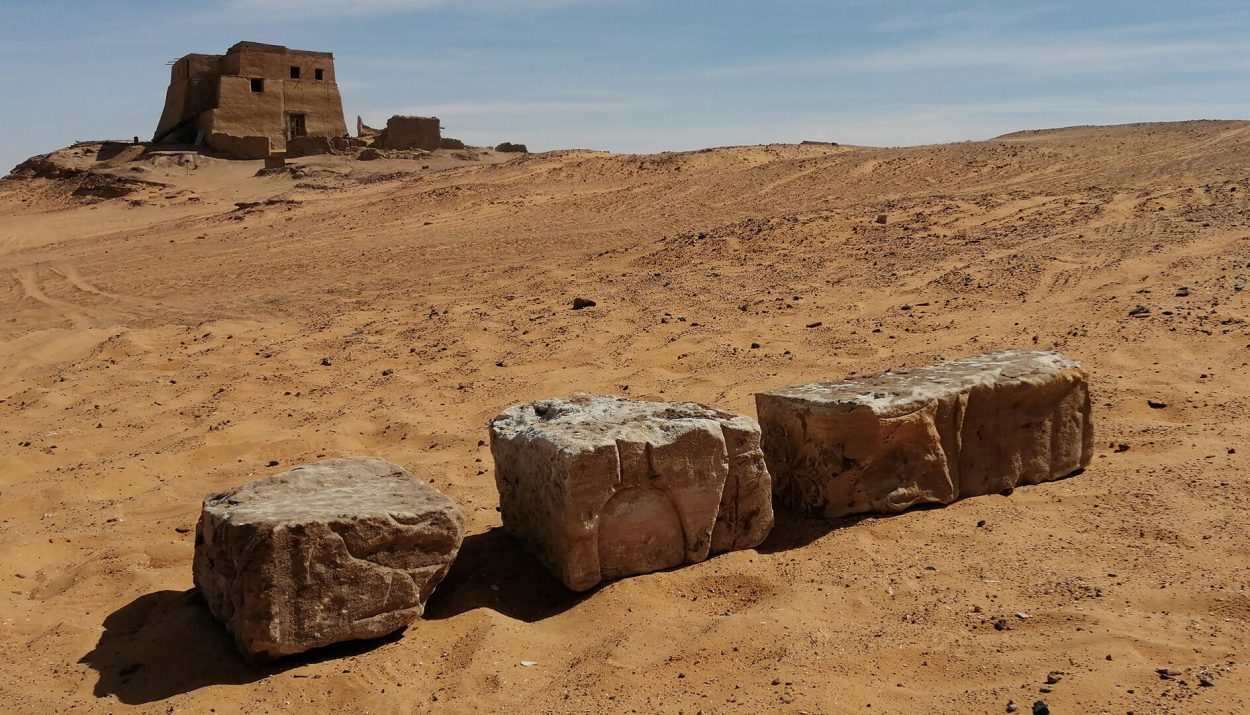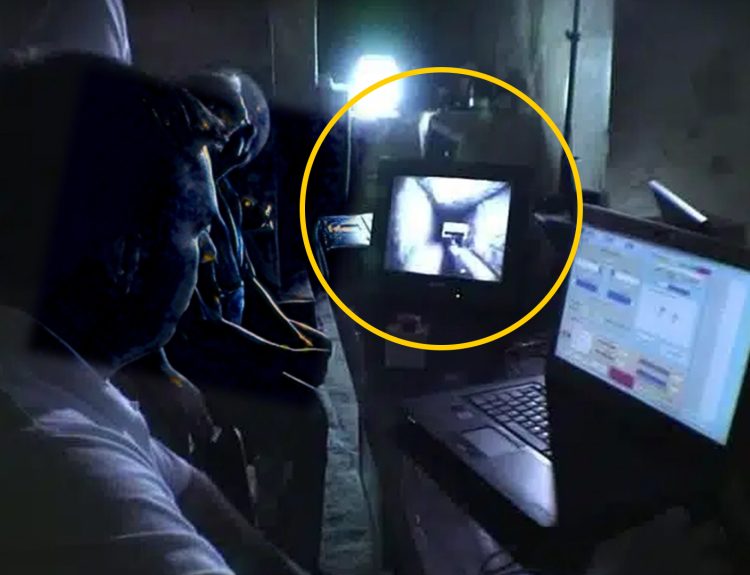When archaeologists working at a site in Sudan in 2023 unearthed the ruins of an ancient temple, they assumed they had found the remains of a structure from the Kingdom of Kush. After all, the Kushites ruled over the region around 2,700 years ago.
However, the archaeologists found something unexpected and baffling at the temple … stone blocks covered in Egyptian hieroglyphics and iconography. The puzzling juxtaposition of cultures, as we will see, is forcing the researchers to reconsider what they know about the ancient history of the region.
The Abandoned City of Old Dongola
Located in what is now Sudan, Old Dongola was situated on the east bank of the Nile River. This location was a key stopping point for caravan trade routes in antiquity. In the fourth century, Old Dongola was home to a fortress and an important center for the Kush and Nubian kingdoms.

Old Dongola thrived for several centuries but began to decline in the thirteenth and fourteenth centuries. The city was abandoned sometime around 1317 about being sacked by Arab forces numerous times. It sat abandoned until modern times. Since 1964, a team of archaeologists from Poland have been doing excavation work at the site.
A Startling Discovery
It was this team of archaeologists – from the University of Warsaw’s Polish Centre of Mediterranean Archaeology and working under the leadership of Artur Obluski – that made the startling discovery last year. At the site of Old Dongola’s medieval citadel, they unearthed the ruins of a much older structure.

The ruins, they discovered, belonged to an ancient temple dating back more than 2,700 years. According to the known timeline, Old Dongola and the surrounding area were part of the Kushite Empire at this time. But, who were the Kushites?
The Kingdom of Kush
An ancient Nubian culture that came into power in around 1070 BE, the Kingdom of Kush was at one time just as powerful and influential as the Egyptian Empire to its north. In fact, the Kushites conquered Egypt at one time and annexed Egypt into their territory.
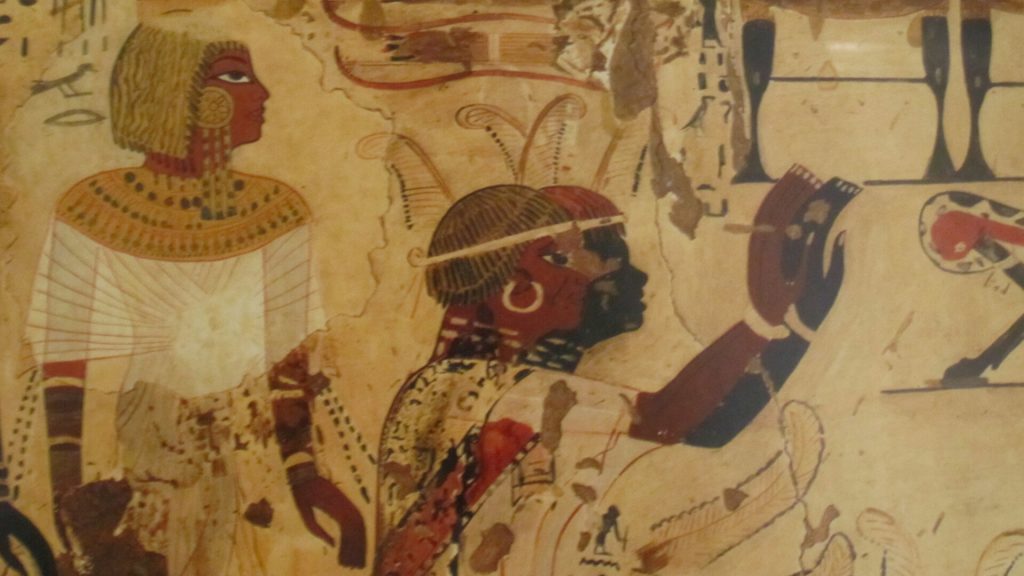
Before and after the Kushites ruled over Egypt, the two empires were in contact with each other. We can still see telltale signs that each kingdom influenced the culture of the other. The once-mighty Kushite Empire began to fall apart in the fourth century AD as foreign invaders, internal conflict, and changing trade routes left the Kushites in a decline.
The Ancient Egyptians and the Ancient Kushites
The two most significant ancient civilizations of the Nile River Valley of North Africa, the Egyptians and the Kushites had a complex relationship. The two groups relied on each other for trade and commerce.

The Kushites are often viewed as the “little brother” of the Egyptians and, indeed, the Kushites borrowed religious beliefs, political ideology, and architecture styles from the Egyptians. However the two cultures regularly clashed. For a time during the 25th Dynasty, the Kushite took control over the Egyptians.
The Citadel
The fortress, or citadel, at Old Dongola was built on a tall bluff overlooking the Nile River and served as a defensive lookout. This structure served as the capital and royal palace in the Middle Ages from roughly 500 to the late 1300s AD.

The citadel features towers, parapets, and walls. The nearby Christian churches are a reminder that Christianity was taking hold in the region in medieval times. It also provides evidence that this area of Sudan was a strategic military, religious, and trade location.
An Ancient Temple
According to Andrzej Szotek, one of the researchers from the University of Warsaw, “This was a unique and unexpected discovery, as until now, despite nearly 60 years of archaeological research in Old Dongola, no traces from such an early period have been encountered.”
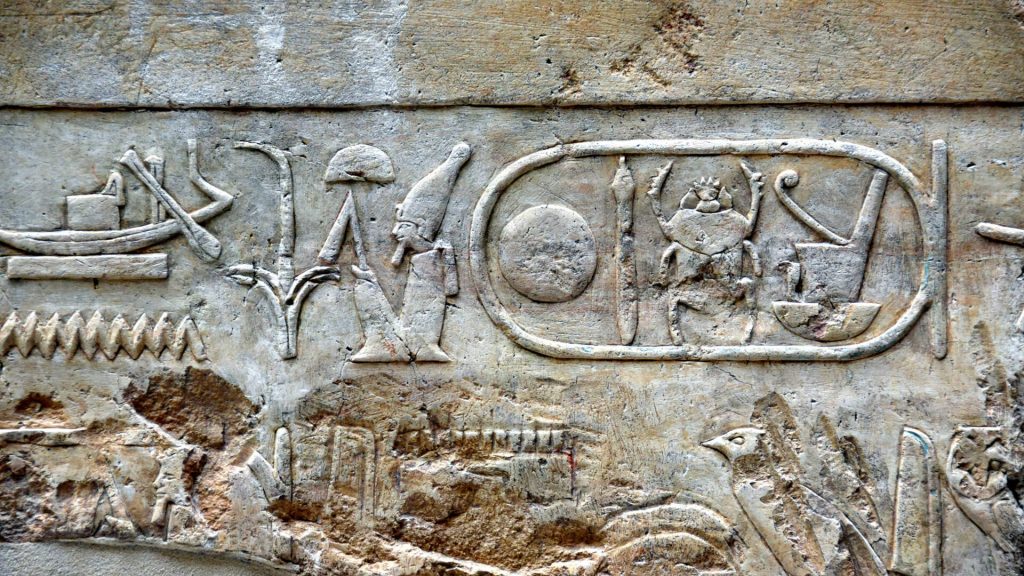
The discovery of the temple, which honored a Kushite pharaoh, was so unexpected that, as Szotek noted, it will “shed new light on the history of the site, indicating a much earlier date for its foundation.”
Stone Blocks Add to the Puzzle
The researchers from the University of Warsaw noticed something unexpected while excavating the ruins of the ancient Kushite temple. As journalist Owen Jarus of Live Science explained, “Some of the temple’s stone blocks were decorated with figures and hieroglyphic inscriptions.”
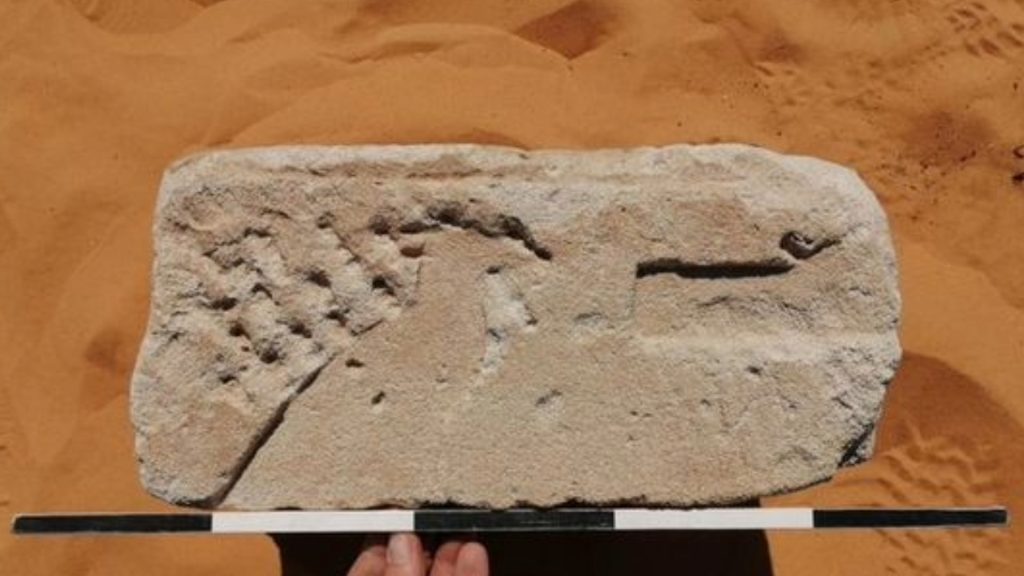
According to Jarus, “An analysis of the iconography and script suggests that they were part of a structure dating to the first half of the first millennium B.C.” That would make the temple approximately 2700 years old.
Confusing Fragments Found Inside the Ruins
The archaeologists working inside the ruins of the temple found stone fragments bearing inscriptions. According to Dawid Wieczorek, an Egyptologist collaborating with the Polish archaeologists, one of these included a reference to the temple being dedicated to Amun-Ra of Kawa.

As he explained, Amun-Ra was a Sun god worshiped by both the Egyptians and the Kushites. As the two cultures interacted, religious ideology blurred. Wieczorek also noted that a temple to Amun-Ra was known to exist in Kawa, another archaeological location in Sudan.
Kawa, Sudan
The town of Kawa is located near Old Dongola. Historians know that Kawa was once home to numerous temples that were dedicated to the god Amun-Ra. Some of the temples were erected by important Egyptian pharaohs, including Amenhotep III and Tutankhamun, as well as by Kushite kings, most notably Taharqa.
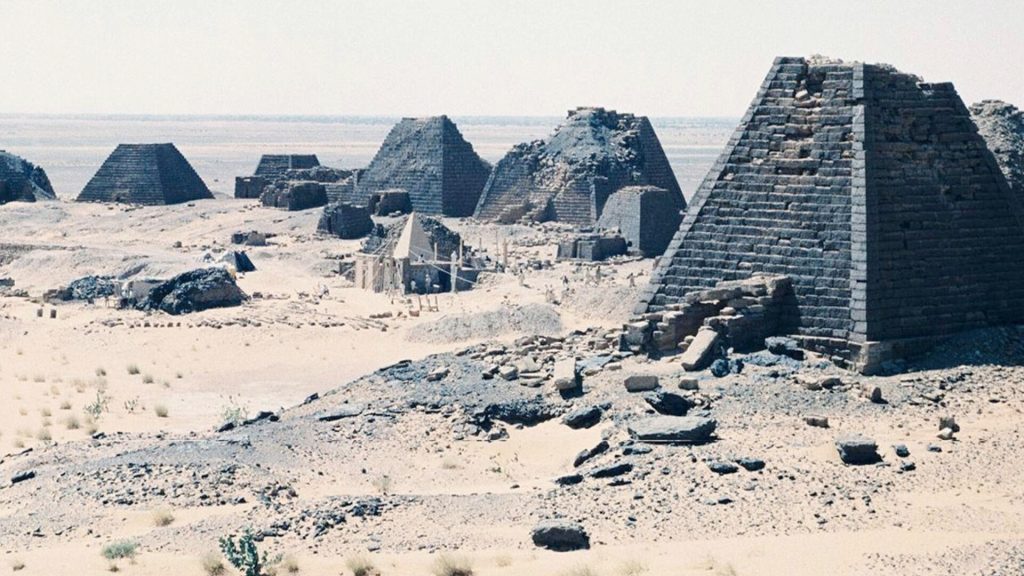
The discovery of inscriptions mentioning Kawa in the temple Old Dongola are “very important and pose several questions,” according to Ludwig Maximilian University of Munich professor of archaeology, Julia Budka. But she cautions that more research needs to be done.
Could the Stones Have Come From Another Location?
Budka is not directly involved with the research project at Old Dongola; however, she has worked extensively at archaeology sites across Sudan. She wonders if the ruins the Polish team found really constitutes an ancient temple or if the stones had been moved from Kawa.
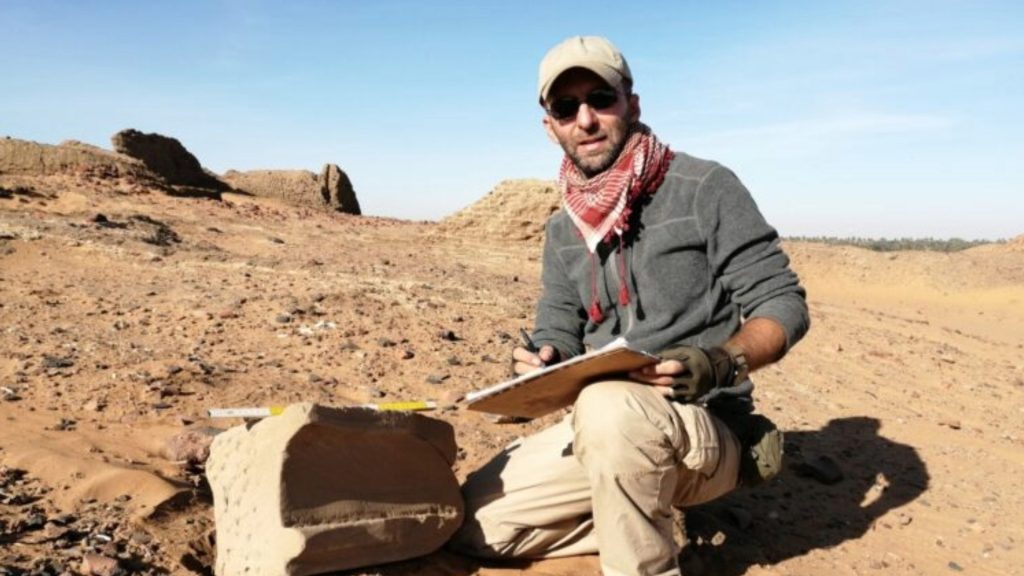
She noted that several other locations in Sudan had temples dedicated to Amun-Ra. In addition to Kawa, Gebel Barkal had such temples dating back to the same time period. The stones found in Old Dongola could have come from a number of other locations.
Is the Temple at Old Dongola Genuine?
According to Wieczorek, the researchers don’t know yet if the temple ruins they unearthed at Old Dongola are genuine. There have been no other discoveries of Egyptian centers in that region of the Nile River Valley where the Old Dongola temple was discovered.
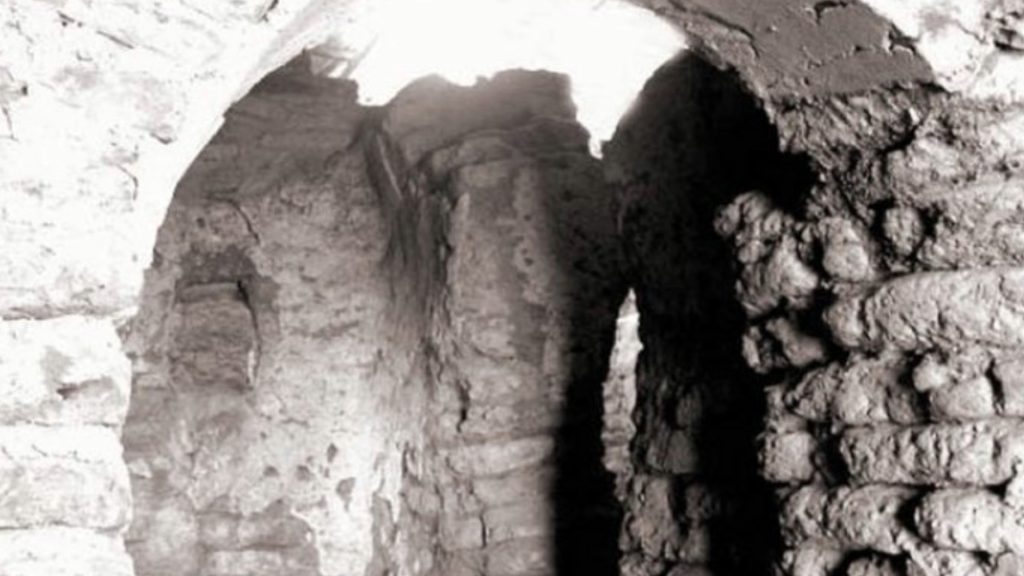
“Based on the archaeological material collected so far, it is impossible to determine whether the inscribed blocks came from Old Dongola itself, or whether they had been brought here from another site and reused for construction purposes,” Wieczorek explained.
Recycled Building Materials
It is plausible that building materials were recycled for use in the construction of the Old Dongola fortress or other medieval structures. Most ancient cultures, including the Egyptians and the Kushites, routinely used existing building materials.

This was especially true in the desert areas where other materials, like trees, were scarce. It made practical and economic sense for builders to take advantage of the materials at hand. Or close. Researchers have found several instances of stone blocks from one site that were relocated and recycled at a different site.
Recycling Muddies the Water
As one would think, when more recent builders recycle and reuse older building materials, it makes it difficult to definitively date certain structures. Budka stated, “it is too early to say something precise.”
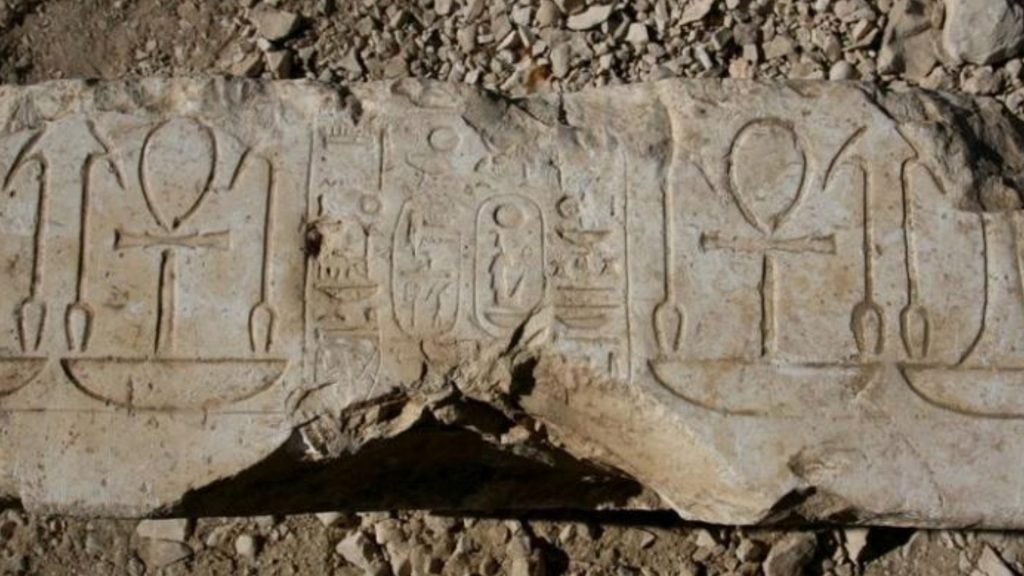
Szotek explained that the “blocks came from a monumental stone building and there are no known sites with Egyptian architecture with a radius of more than a hundred kilometers from Old Dongola.” Wiezorek conceded, “Either way, this is a surprising find.”

